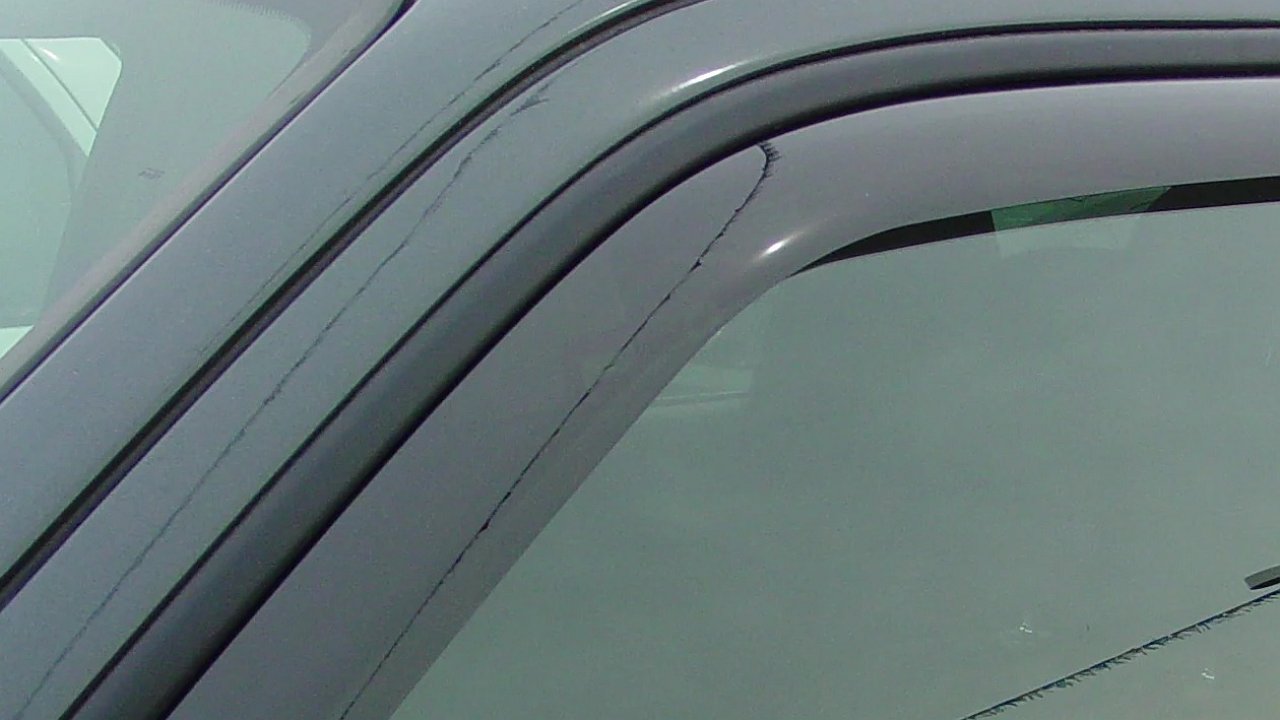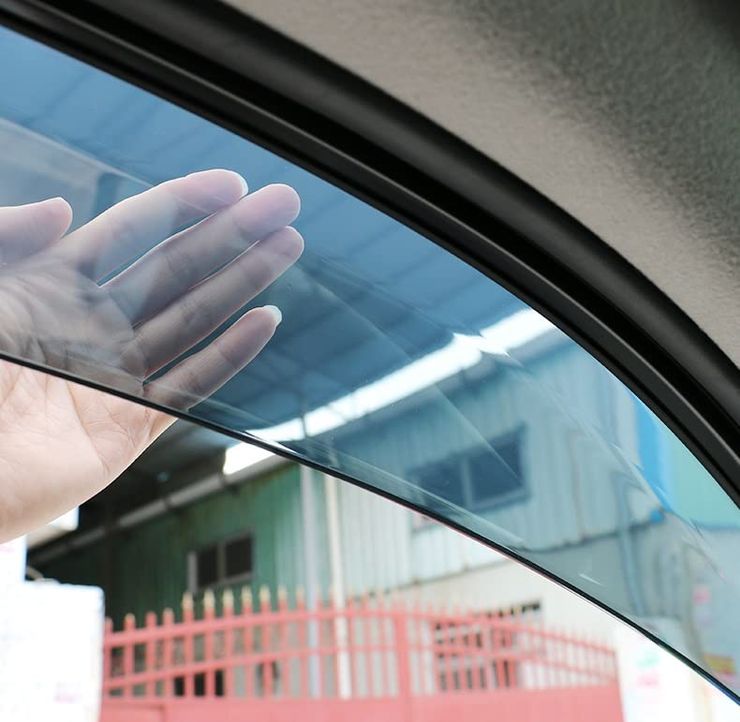Fans of plastic deflectors on car windows are confident in the many advantages of such “devices”. However, in winter these things sometimes become downright dangerous. Why, explains the AutoVzglyad portal.
Proponents of installing deflectors on car windows claim that with the help of this improvement they can safely smoke in a car in the rain and snow, and also, unnoticed by others, leave the car windows slightly down while parked. in warm weather.
Some of them will add that deflectors add a bit of style to the vehicle’s appearance. Although we can only agree with the last statement if we talk about the Soviet “Zhiguli” – “classic” or one of the variants of “chisels” with front-wheel drive (family VAZ 2108-09). In other passenger cars, the aesthetics of the deflectors remains a debatable topic.
As for the use of these devices in winter, their negative effects are too many to outweigh the useful ones. First of all, it should be said that deflectors on the front side windows of a car are simply illegal, because they are not standard parts of the car. And the installation of objects that obstruct the view from the driver’s seat is expressly prohibited by traffic regulations. In fact, the law looks at the deflector in exactly the same way as it looks at excessively tinted car windows. After all, the plastic of this device in most cases has minimal transparency – to protect against sunlight.
The deflectors ‘crawl’ with one end over the front pillars of the vehicle, making them optically wider. In winter, when a lot of dirt and slush constantly flies from the road onto the car, the deflector covered by it becomes completely opaque. This noticeably increases the ‘dead zones’ in the view from the driver’s seat. Not only a pedestrian, but also a car can get lost behind a counter and a dirty deflector. Which dramatically increases the chance of an accident.
In addition, the plastic of the deflector, which is exposed to ultraviolet radiation from the sun for a long time, loses strength. And then winter comes. Frost exacerbates the problem of plastic brittleness. Sometimes it gets to the point that when a car drives through a significant hole, the old deflector cracks and its fragments fly into the cars behind it, damaging their paintwork. You can file a lawsuit for such disgusting behavior towards others!
It is worth noting that in severe frosts the presence of deflectors can contribute to the freezing of glass on the seals. This applies to those plastic car accessories that are attached to the car door by inserting them into the upper part of the window opening. It certainly makes sense to dismantle them. At least until spring.
Proponents of installing deflectors on car windows claim that with the help of this improvement they can safely smoke in a car in the rain and snow, and also, unnoticed by others, leave the car windows slightly down while parked. in warm weather.
Some of them will add that deflectors add a bit of style to the vehicle’s appearance. Although we can only agree with the last statement if we talk about the Soviet “Zhiguli” – “classic” or one of the variants of “chisels” with front-wheel drive (family VAZ 2108-09). In other passenger cars, the aesthetics of the deflectors remains a debatable topic.
As for the use of these devices in winter, their negative effects are too many to outweigh the useful ones. First of all, it should be said that deflectors on the front side windows of a car are simply illegal, because they are not standard parts of the car. And the installation of objects that obstruct the view from the driver’s seat is expressly prohibited by traffic regulations. In fact, the law looks at the deflector in exactly the same way as it looks at excessively tinted car windows. After all, the plastic of this device in most cases has minimal transparency – to protect against sunlight.
The deflectors ‘crawl’ with one end over the front pillars of the vehicle, making them optically wider. In winter, when a lot of dirt and slush constantly flies from the road onto the car, the deflector covered by it becomes completely opaque. This noticeably increases the ‘dead zones’ in the view from the driver’s seat. Not only a pedestrian, but also a car can get lost behind a counter and a dirty deflector. Which dramatically increases the chance of an accident.
In addition, the plastic of the deflector, which is exposed to ultraviolet radiation from the sun for a long time, loses strength. And then winter comes. Frost exacerbates the problem of plastic brittleness. Sometimes it gets to the point that when a car drives through a significant hole, the old deflector cracks and its fragments fly into the cars behind it, damaging their paintwork. You can file a lawsuit for such disgusting behavior towards others!
It is worth noting that in severe frosts the presence of deflectors can contribute to the freezing of glass on the seals. This applies to those plastic car accessories that are attached to the car door by inserting them into the upper part of the window opening. It certainly makes sense to dismantle them. At least until spring.
Source: Avto Vzglyad
Donald Salinas is an experienced automobile journalist and writer for Div Bracket. He brings his readers the latest news and developments from the world of automobiles, offering a unique and knowledgeable perspective on the latest trends and innovations in the automotive industry.














